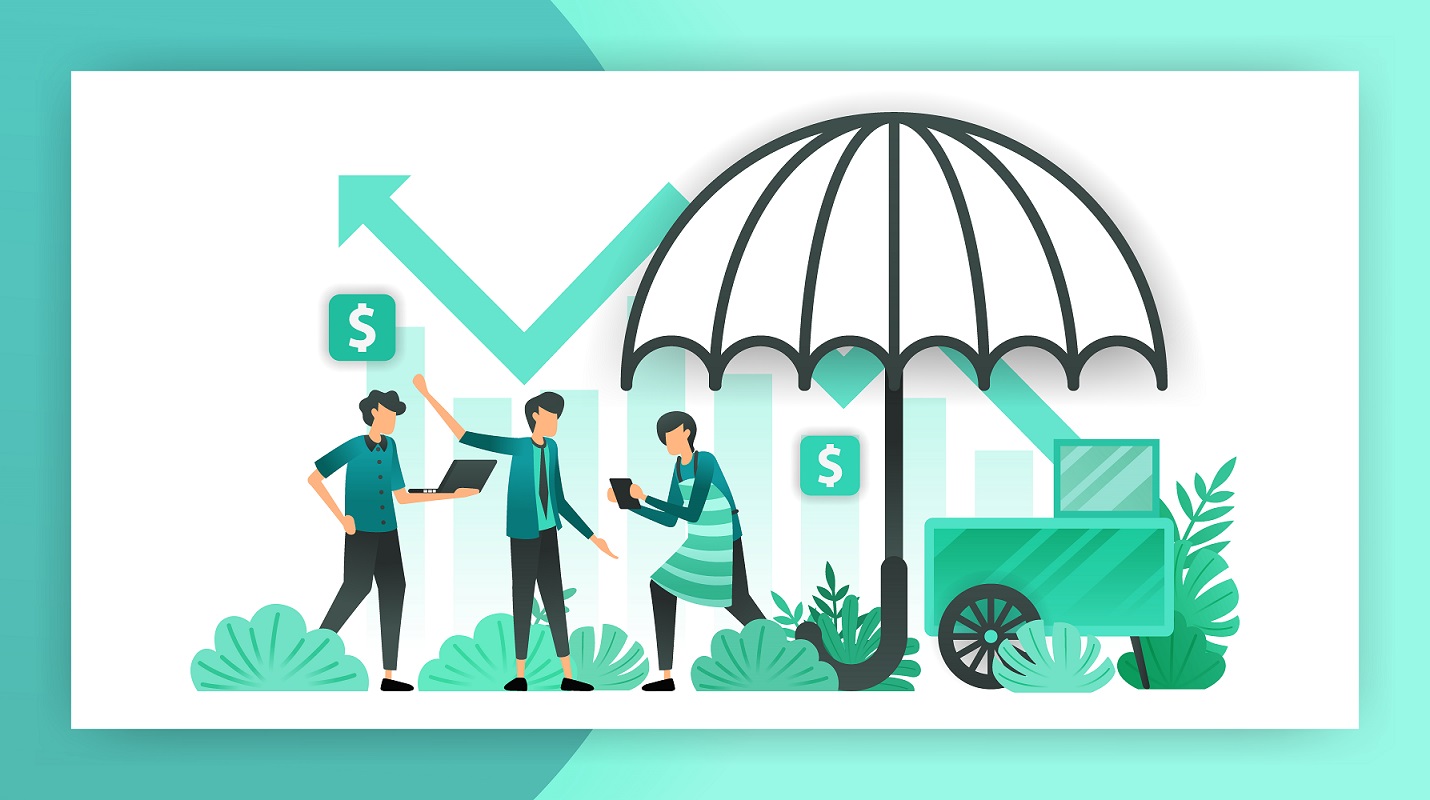5 Different Retail Business Models to Explore for Aspiring Business Owners
Few things are as scary as starting and running your own retail business. But there’s no reward like seeing your passion turn into a profitable business venture. However, before you start selling anything, you’ll want to choose a business model that fits your goals. The right approach will allow you to make good returns on your investment and tap a wide audience within your local community. Conversely, the wrong one could cause you to start off on the wrong foot and put you in the red long after you’ve started operations.

small business insurance. insurance policies that help and guarantee SME businesses, owners and investors from workplace accidents and business losses. vector illustration concept for landing page ads
If you want to operate a retail business, there are several approaches that you can look into. Let’s take a closer look at five retail business models that small- and medium-sized enterprise (SME) and startup owners often choose:
1) E-Commerce Stores
Global e-commerce retail sales exceeded the USD 5.7 trillion mark in 2022, according to statistics aggregator Statista. Knowing what market trends are like, this figure is likely to grow in the future.
Many of today’s consumers find online shopping a better alternative than going to brick-and-mortar establishments. Given that it’s easy for people to simply use their gadgets to visit their favorite e-commerce outfits, a large number will take that option.
Knowing that, consider the e-commerce retail model as one of your top options. Having your own e-commerce business will allow you to serve customers on a round-the-clock basis with few limitations. You’ll also have a wide variety of digital business solutions at your disposal for streamlining your e-commerce operations.
For example, in the Philippines, internet payment solutions like Maya Checkout and Maya Invoice Payments make it easier to have any online payment processed. E-commerce solution plugins, like Maya Plugins for Shopify and WooCommerce, and shopping cart plugins will allow your customers to have a pleasant experience using your website.
2) Brick-and-Mortar Stores
Online shopping may be the norm for many contemporary customers. A significant chunk, however, will still choose to still shop at brick-and-mortar establishments for the chance to see a product up close and decide if it’s truly what they want.
Face-to-face shopping also allows customers to purchase products right away, without needing to wait for these items to be delivered to their addresses. Through your physical storefront, you’ll be able to accept transactions more quickly and generate immediate revenue as a result.
This model also allows you to interact with your customers face-to-face, which will better equip you to tailor a shopping experience for them that’s uniquely theirs. You’ll also be able to resolve issues as they pop up, leading to increased customer loyalty and repeat business.
As the last few years have demonstrated, brick-and-mortar stores won’t easily go out of fashion, and your business may be better poised to succeed through the traditional brick-and-mortar retail model.
3) Social Media-Based Commerce
Another viable retail business model you can look into is social media-based commerce or social commerce. Using this model, a business like yours can take advantage of the flexibility of a social media platform, plus its compatibility with a wide range of digital business tools. Employ online payment processing tools like payment links to streamline the online payment process for your customers on social media, and give them a pleasant and hands-on shopping experience.
Using social media for retail business operations also allows you to partner up with local social media influencers, giving you an edge at tapping niche audiences and diversifying your consumer base. Give this model a try if you have a relatively small catalog and if the nature of your business relies on constant customer engagement.
4) Pop-Up Retail Stores
Pop-up retail stores may not have permanent locations, but that fact often adds rather than subtracts from their appeal. The pop-up retail model allows business owners to experiment and test their market demand through unique concepts and themes, all without risking a long-term investment. If your business is just starting out, try getting a feel of your future audience by running a pop-up store in a high-traffic area like a shopping center or event venue.
5) Multichannel Retail Stores
Businesses aren’t limited to using only one type of retail business model for the entirety of their existence. It’s also an option for you to set up your business through multiple distinct channels, which will give it a wider reach.
Multichannel retail stores use both online and offline retail business strategies to boost brand awareness and sales. Although managing a multichannel retail business can be quite challenging at first, with good execution, you’ll be able to reap the benefits of both physical and online retail models. If you’ve got the budget and the headspace, expand your operations through a multichannel approach.
As argued above, your choice of retail business model will be crucial to the success of your brand. Weigh your options carefully and choose a model that reflects your business’s vision and values—and one that empowers you to serve your target audience to the very best of your abilities.
